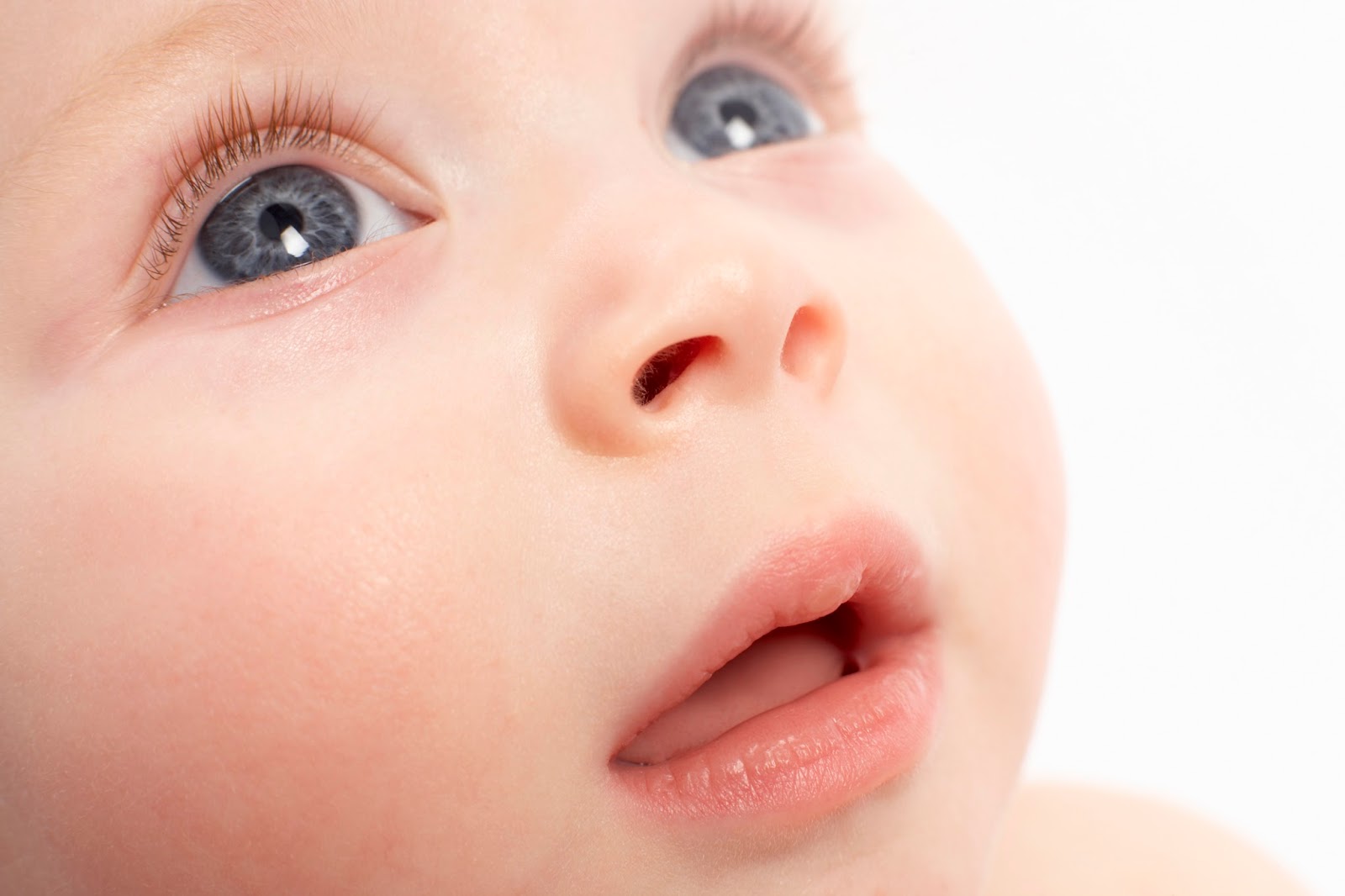All babies are born with genetic mutations different from those of their parents, but some have more than others, show the work of American geneticists.
At birth, newborns typically have 70 new genetic mutations compared to their parents.
Landmarks
- The human genome is made up of nearly six billion pieces of information called nucleotides.
- Each parent gives three billion to his child. A single copy error of a single nucleotide can result in a genetic mutation.
The work of researcher Thomas Sasani and his colleagues at the University of Utah show that the number of genetic mutations varies considerably from one individual to another, and some may be born with twice as many mutations as others.
In addition, this characteristic tends to be transmitted in a family, say the researchers.
The age of the parents in question
This difference is largely based on two factors. The first is the age of the parents at the time of conception.
The research team estimates that a child born to a 35-year-old father will probably have more mutations than a child born to the same father at age 25.
The number of mutations we pass on to the next generation increases with the age of the parents.
Other research had already established this link, but the present works confirm it.
The second factor shows that the effects of parental age on mutation rates differ considerably from one family to another, much more than previously thought.
For example, in the same family, a child may have two more mutations than a sibling when his parents were ten years younger.
In addition, two siblings born 10 years apart from each other may have more than 30 different mutations.
Some of us transmit more mutations than others, which is an important source of genetic novelty and genetic diseases.
It should be known that the consequences of new mutations depend on where they are placed in the DNA, but also time. If sometimes genetic changes cause serious diseases, the majority occurs in parts of our genetic code that do not have obvious effects on human health.
In addition, even if the new mutations represent only a small fraction of the overall DNA sequence, they add up to each subsequent generation.
According to Thomas Sasani, increasing the mutational load could potentially make people more susceptible to the disease.
It remains to be determined whether the factors that influence the mutation rate increase the likelihood of certain diseases.
In short…
- A majority of new mutations occur in the father’s sperm.
- Aging does not result in as many new mutations in the mother as in the father.
- One in five mutations come from the mother’s eggs.
- One in ten new mutations seen in children do not come from either parent. These latter appear in the embryo shortly after fertilization.
These results were obtained by performing whole genome sequencing and genetic analysis on 603 individuals from 33 three-generation families in Utah. This is the largest study of its kind to date.
We do not know what is causing the variability
, says Aaron Quinlan.
It could be explained by a combination of genetic, environmental and mutagenic factors.
Influences that could differ considerably from one end of the planet to the other.
Globally, the variability of mutation rates could be much, much larger.
The details of this study are published in the journal e Life.











Leave a Reply